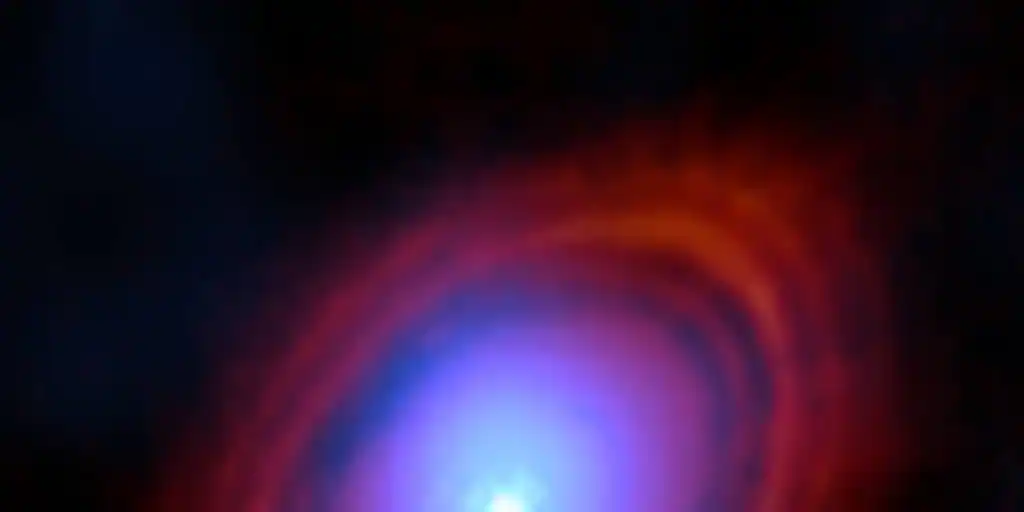They find huge amounts of water vapor right where planets are born.

An international team of researchers led by Stefano Facchini of the University of Milan has for the first time detected large amounts of water vapor in the disk of materials surrounding a young star, exactly where they might be located. found, form new planets. It has long been thought that water, a key ingredient of life, also plays an important role in the formation of planets, but until now it had never been possible to observe how the liquid element is distributed in accretion disks, the remnants of planetary material. star formations that concentrate around newborn stars and from which planets are born.
The discovery, published today in the journal Nature Astronomy, was made possible using the ALMA (Atacama Large Millimeter/submillimeter Array) telescope at the European Southern Observatory (ESO) in Chile.
“I never imagined that we would be able to image oceans of water vapor in the same region where a planet is likely forming,” says Facchini. Observations have shown that the inner disk of the young sun-like star HL Tauri, located 450 light-years away in the constellation Taurus, contains at least three times the amount of water in all Earth’s oceans.
“It’s really remarkable,” says Leonardo Testi, an astronomer at the University of Bologna and co-author of the study, “that we can not only detect, but also detailed image and spatially resolve water vapor 450 light-years from Earth. us. “In fact, observations with ALMA have allowed astronomers to pinpoint how water is distributed in different regions of the disk. “Participating in such an important discovery of the iconic HL Tauri disk,” adds co-author Mathieu Vander Donckt of the University of Liège in Belgium, “goes beyond which I ever expected since this was my first experience in astronomy research.
In the “gaps” of the disk
Most of the water was found in a very specific region of the HL Tauri disk where a known gap exists. These ring-shaped “gaps” are created in the disk when a planet-like body “cleanses” its orbit, collecting more material and growing. “Our images,” explains Facchini, “show significant amounts of water vapor at various distances from the star, including the space where a planet could potentially be forming at this time.” This suggests that water vapor may influence the chemical composition of planets forming in these regions.
Conducting such observations using a ground-based telescope is not an easy task, since abundant water vapor in the Earth’s atmosphere degrades astronomical signals. But ALMA, a telescope complex in Chile’s Atacama Desert, about 5,000 meters above sea level, which was built there precisely to minimize this degradation, provides exceptional observing conditions. “To date,” says Wouter Vlemmings from Chalmers University of Technology in Sweden and co-author of the paper, “ALMA is the only facility capable of spatially dissolving water in the cold disk that forms the planet.”
“It’s very interesting to see in person, in the image, how water molecules are released from ice dust particles,” adds Elizabeth Humphreys, an ESO astronomer who was also involved in the study. The dust grains from these disks, which collide and cluster into ever larger bodies, are actually the “seeds” of new planets that will form around the newborn star.
Astronomers believe that where it is cold enough for water to freeze into dust particles, these dots stick to each other more effectively, making these places especially suitable for the birth of new worlds. “Our results,” says Facchini, “show how the presence of water can influence the development of a planetary system, just as it did about 4.5 billion years ago in our solar system.”
